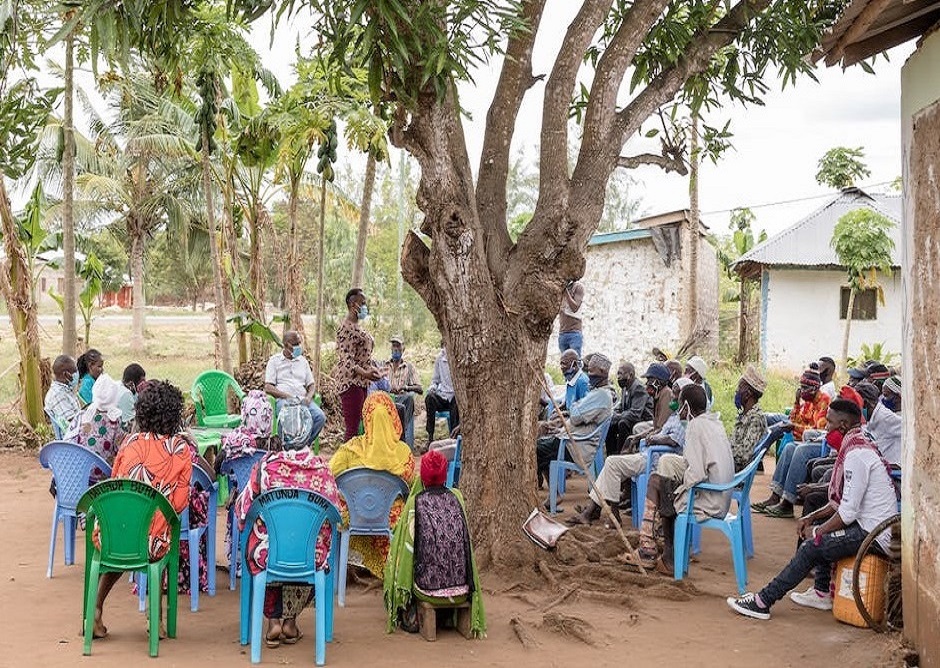Gamification, the use of game design elements in non-game contexts, has the potential to significantly impact tourism destinations. By incorporating elements such as points, badges, leaderboards, and challenges, destinations can create a more engaging and interactive experience for tourists. This can lead to increased loyalty, repeat visits, and positive word-of-mouth promotion.
One example of gamification in tourism is the use of scavenger hunts or self-guided tours that use GPS technology to lead tourists to different locations within a destination. This not only encourages exploration and discovery but also provides a sense of accomplishment for the tourist.

Another example is the use of loyalty programs that reward tourists for visiting multiple locations within a destination. This can increase the likelihood of repeat visits and lead to a greater overall economic impact for the destination.
Gamification can also be used to educate tourists about the destination’s history, culture, and environment. For example, virtual reality experiences can be used to immerse tourists in the destination’s past or simulate environmental conservation efforts.
Overall, gamification has the potential to enhance the tourism experience and drive economic growth for destinations. It can also be used to educate tourists and promote sustainable tourism practices.






